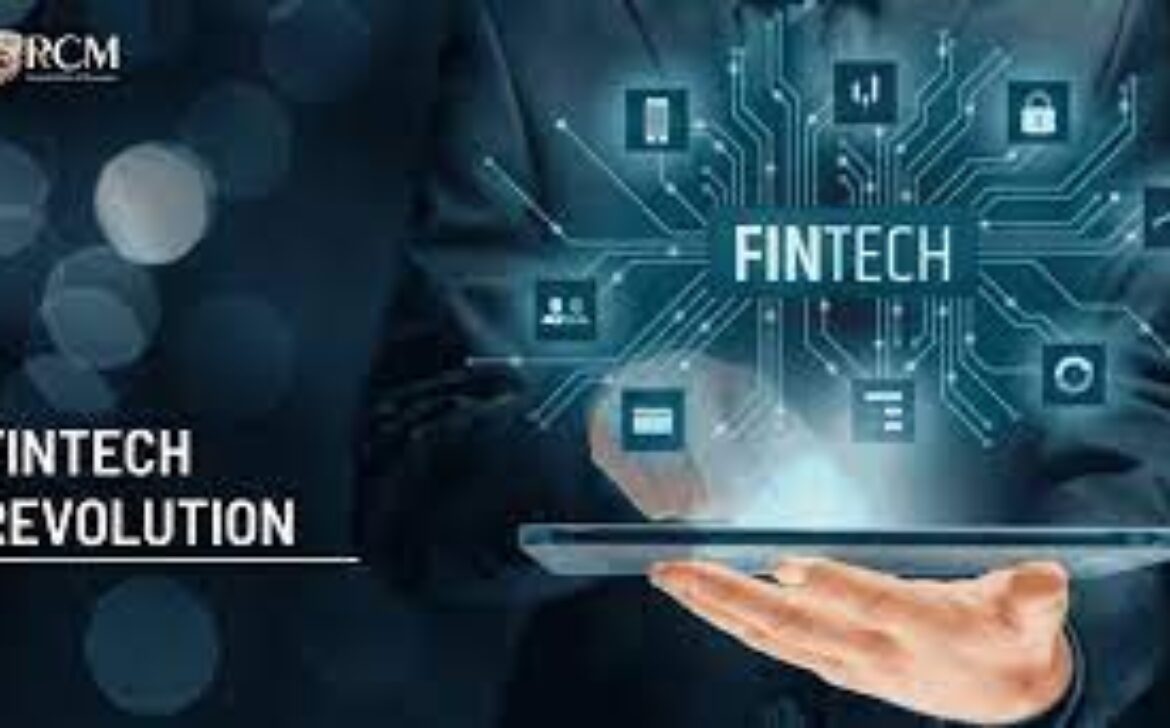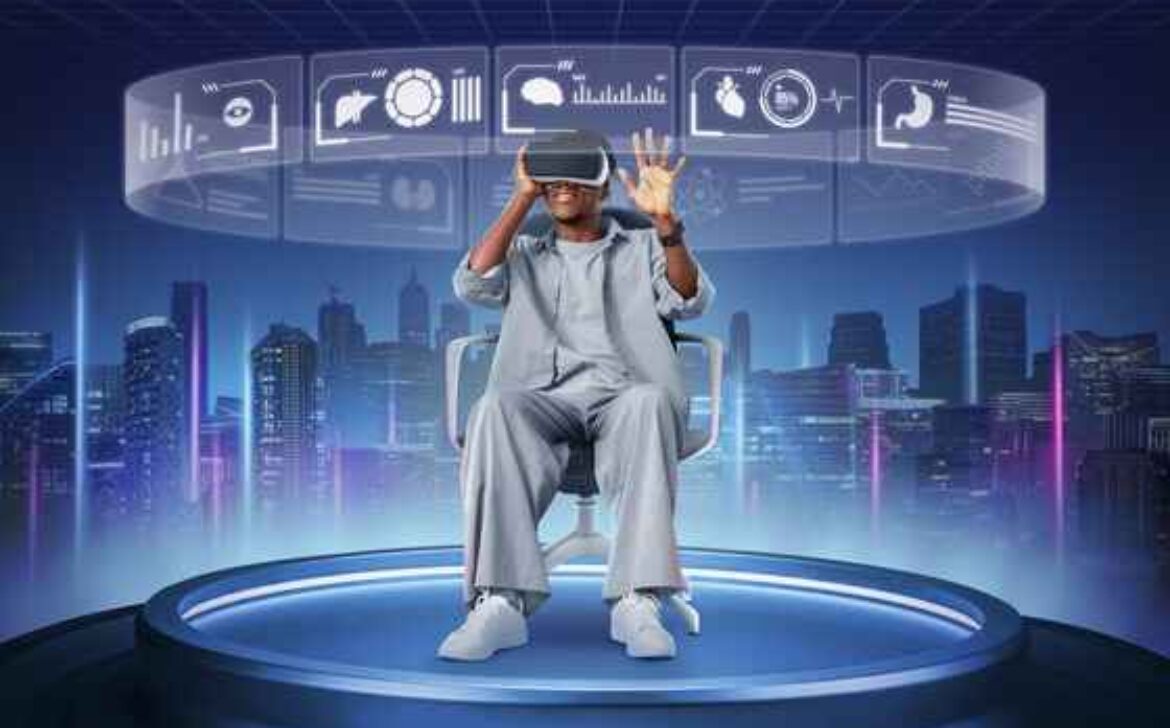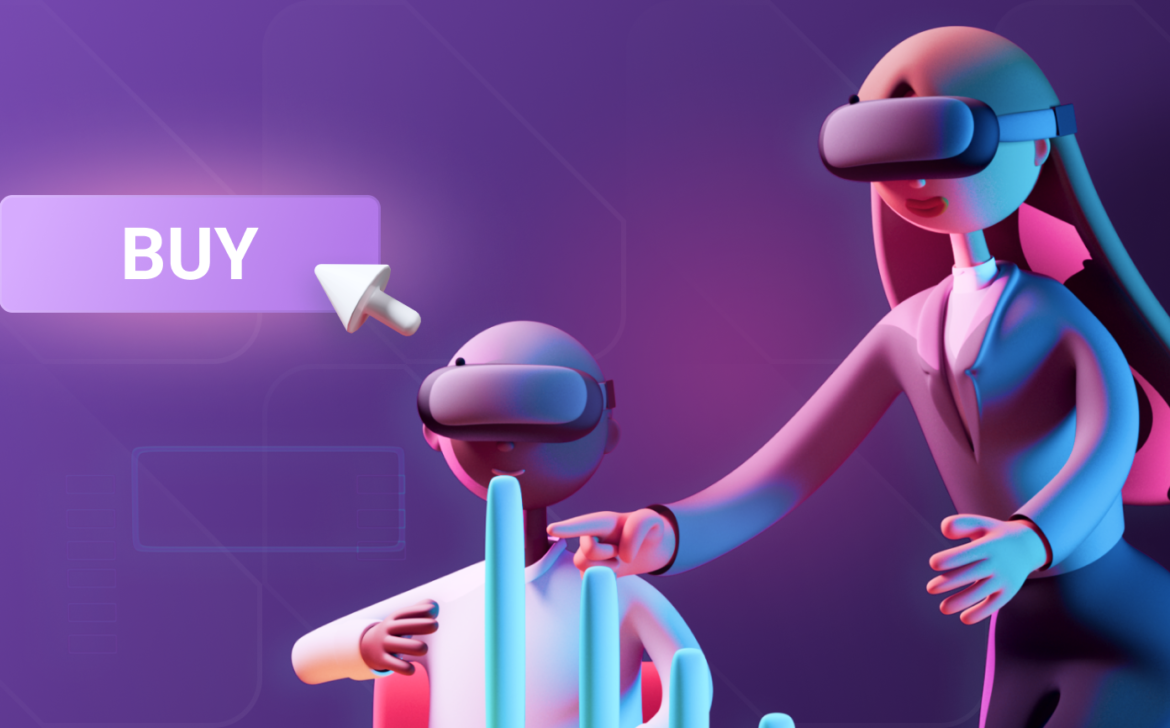The Definitive Guide to Cybersecurity and Data Privacy in 2023
Introduction:
Welcome to our comprehensive guide on cybersecurity and data privacy in 2023. In today’s fast-paced digital world, safeguarding your online presence has never been more crucial. Cyber threats are constantly evolving, making it essential for individuals and businesses to prioritize cybersecurity and data privacy. In this blog, we will delve into the significance of these topics, the potential consequences of breaches, and actionable steps to protect your data and ensure a secure online experience.
The Importance of Cybersecurity:
Cybersecurity is the cornerstone of a safe digital environment. Protecting your computer systems, networks, and data from unauthorized access and cyber attacks is paramount. With cybercriminals employing sophisticated tactics like phishing, ransomware, and Advanced Persistent Threats (APTs), being prepared is essential. Cyber attacks can lead to severe financial loss, reputational damage, and compromise sensitive information. Don’t wait for an incident to occur; take proactive steps to bolster your cybersecurity measures.
The Significance of Data Privacy:
Data privacy is not a luxury; it’s a right. In an age where companies collect vast amounts of personal information, ensuring the protection of sensitive data is crucial. Major data breaches have exposed the vulnerabilities of personal data, leading to identity theft, fraud, and other malicious activities. As an individual, you must safeguard your personal information from falling into the wrong hands.
Consequences of Cybersecurity Breaches:
The consequences of a cybersecurity breach can be devastating. Individuals face financial losses and an increased risk of identity theft. For businesses, a data breach can result in severe financial and reputational damages. Loss of customer trust, legal liabilities, and customer defection to competitors are just a few of the potential outcomes. Critical infrastructure sectors are not immune either, with potential public safety risks looming in case of an attack.
Protecting Yourself and Your Data in 2023:
- Strengthen Passwords and Implement Multi-Factor Authentication (MFA):
Create unique and strong passwords for each account, incorporating a mix of letters, numbers, and symbols. Enable MFA wherever possible to add an extra layer of security.
- Stay Current with Software Updates:
Regularly update your devices and software to patch security vulnerabilities and protect against known threats.
- Educate Yourself and Your Team:
Stay informed about the latest cyber threats and educate yourself and your employees about best practices for online security.
- Embrace Data Encryption:
Utilize encryption tools to safeguard sensitive data, making it significantly harder for attackers to gain unauthorized access.
- Secure Your Network and Wi-Fi:
Protect your home or office Wi-Fi with robust passwords and encryption protocols to prevent unauthorized access.
- Adopt Data Minimization:
Collect and store only essential data, and securely dispose of it when it is no longer needed.
Conclusion:
As we navigate the digital frontier, cybersecurity and data privacy must be our guiding lights. Being proactive and informed about online security is crucial for a safer online experience. By prioritizing cybersecurity and data privacy, we not only protect ourselves but also contribute to a secure and trustworthy digital ecosystem.










